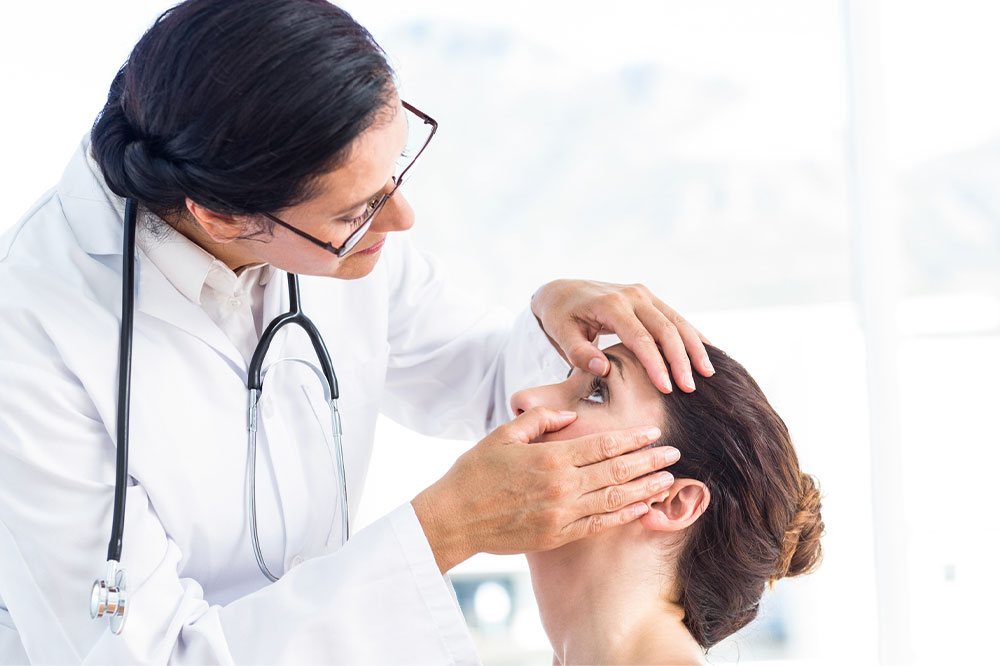3 effects of excess sugar on the eyesight

Sugary foods are a top favorite across age groups. However, most people are unaware of the health issues caused by excess sugar intake, including eye problems such as glaucoma, diabetic retinopathy, and even cataracts. In most cases, regularly eating sweet items can cause a spike in blood sugar levels, leading to diabetes. Diabetes, in turn, adversely affects the eyesight. Thus, here are the top signs of poor eyesight due to excess sugar intake.
Signs of poor eyesight caused due to excessive sugar consumption
Halos
When dealing with eye diseases like glaucoma and cataract, one may notice the appearance of halos around different light sources. In most cases, this is caused to due to the refraction of light rays that enter the eye and can cause difficulties while doing daily activities, such as driving a vehicle.
Blurred vision
One of the most common signs of poor eyesight caused by excessive consumption of sugar is blurred vision. In the case of glaucoma and cataracts, one may notice sudden changes to vision, making the world seem dimmer or cloudy. On the other hand, diabetic retinopathy patients may experience this symptom due to the blood vessels leaking fluid into a part of the retina.
Blindspots in vision
Patients with glaucoma may experience blindspots in their vision. This sign occurs due to the prolonged damage caused to the optic nerve. As the nerve condition worsens, one may notice an increase in the blindspots. While the same symptom can be observed in diabetic retinopathy, the sign usually indicates the abnormal growth of scar tissue that pulls the retina away from its position.
In addition to the above, one can also keep an eye out for other signs of poor eyesight, such as double vision, side vision loss, and fluctuating vision.
If one notices any of these symptoms, they must consult a healthcare professional at the earliest. This step can make way for early diagnosis of the underlying condition and lead to the development of a treatment plan.